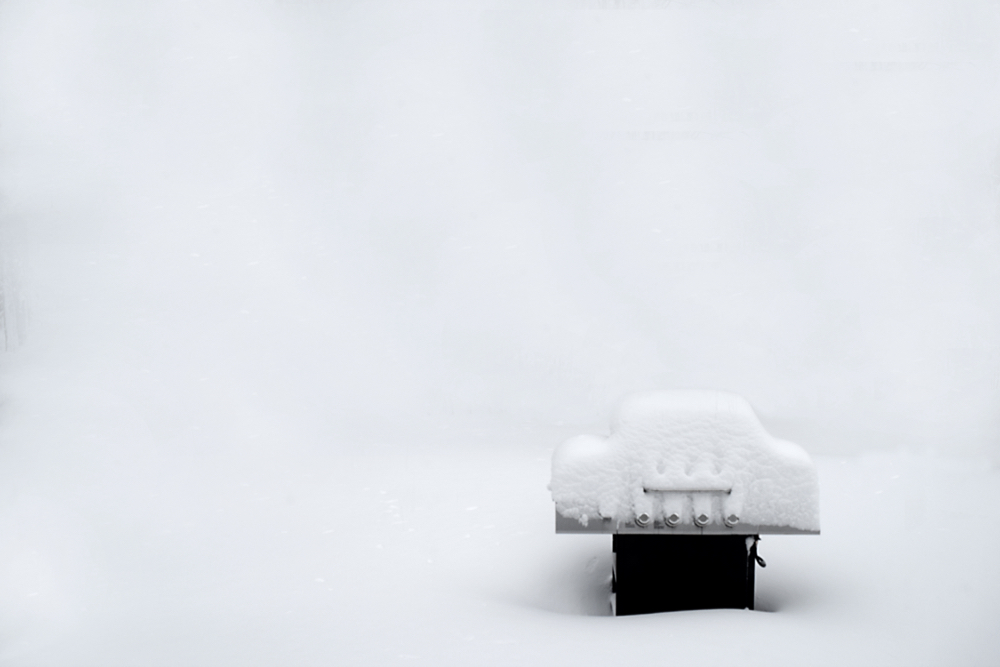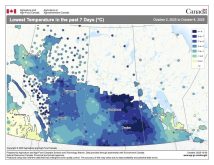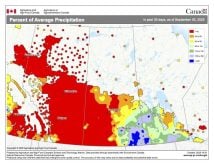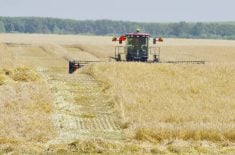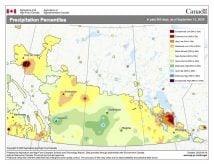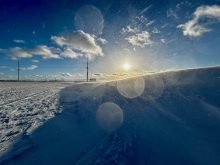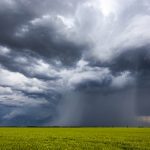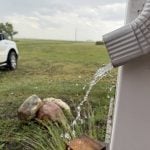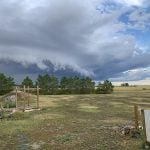It is a little late in the fall for this, but I have finally crunched the numbers on length of the frost-free season across the Prairies this year. And with winter knocking on our doors, it is also time to examine when we should normally expect to see winter arrive.
Listed below is this year’s data showing the dates for the last spring frost (LSF), first fall frost (FFF), and the length of the frost-free season (FFS). I have also included the 1981-2010 averages along with the 90 per cent and 10 per cent ranges.
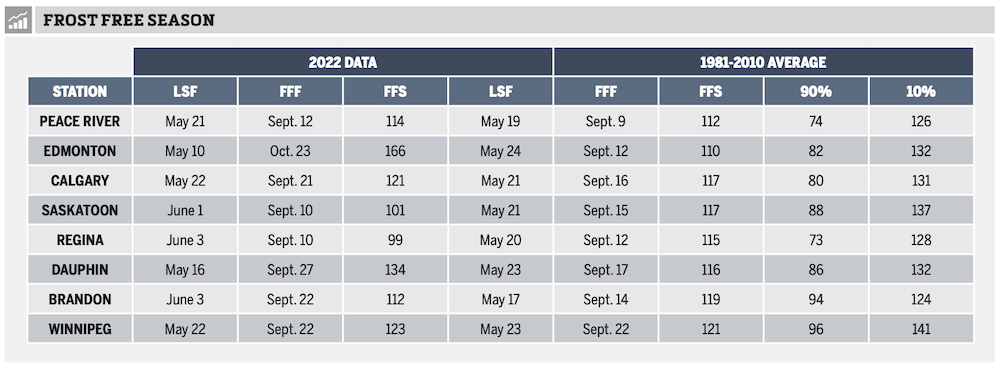
These are how long the frost-free season will be, 90 per cent of the time at the short end, and 10 per cent of the time at the long end. I have not had time to recalculate an average that includes the last 10 years but may update my weather database during December holidays. Fingers crossed.
Looking at the data for Alberta, both the Peace River and Calgary regions saw near-average dates for the last spring frost, with the first fall frosts occurring a few days later than average. This resulted in average to slightly longer-than-average frost-free seasons.
Read Also
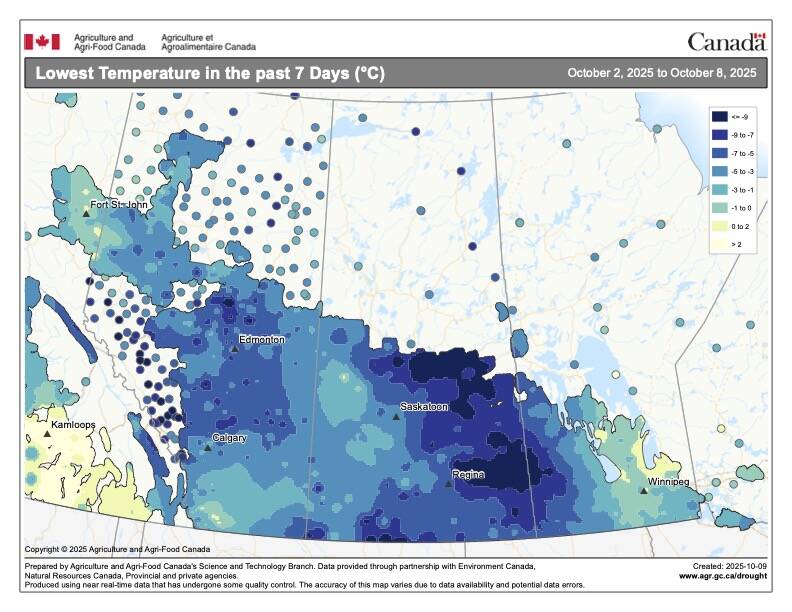
Frost-free season stretches out for most of Manitoba
The length of the frost-free season right across the Prairies for 2025 turned out to be longer than average, weather expert Daniel Bezte reports.
Edmonton is a bit of an anomaly. It had a really early last spring frost and a very late first fall frost, resulting in an incredibly long 166-day frost-free season.
With something this unusual, I dug deeper and discovered the data listed on the Environment Canada link brings up the data for Edmonton-Blatchford and not the station at the airport, which was used for the long-term averages. When I looked at this data, Edmonton’s last spring frost was on June 2, and the first fall frost was on Sept. 20, giving a frost-free period of 110 days. This is right around average and in line with other stations in Alberta.
In Saskatchewan, both stations reported a late last spring frost and an earlier-than- average first fall frost. This resulted in a much shorter-than-average frost-free season, though it was still longer than the 90 per cent range.
In Manitoba, Dauphin saw a slightly earlier-than-average last spring frost while Winnipeg came in right around average. Brandon saw a late frost in early June, so that region saw a later-than-average last spring frost. The first fall frost was a little more uniform, with Winnipeg seeing an average date and both Brandon and Dauphin seeing later-than-average dates.
This resulted in Dauphin experiencing a slightly longer-than-average frost-free season, Winnipeg coming in right around average, and Brandon seeing a little shorter-than-average season.
Now, to the snowfall dates. When should we usually expect winter to arrive in our little part of the world? As with most weather-related inquiries, figuring this out is harder than it looks.
How should we define the start of winter? Should it be the first significant snowfall? How about when the high temperature consistently stays below 0 C? Most people would agree that winter doesn’t really arrive until you have snow on the ground, so I used this as my measure of winter’s arrival.

However, even narrowing it down to this has its problems. What if it snows five centimetres on Nov. 2 and then by Nov. 8 it has melted and we don’t receive any more snow until Dec. 4? Did winter start on Nov. 2 or Dec. 4?
I call this situation a false start to winter, and I would record the winter in this example as starting on Dec 4. Once I defined winter in this way, I went through snowfall records for Winnipeg, Brandon and Dauphin going back to 1942, and came up with the results in the accompanying chart.
We can see that all three regions of agricultural Manitoba have seen winter start in October but have also seen it begin as late as mid-December. Winnipeg and Brandon both have an average date of Nov. 14 for snow to stick around, with Dauphin four days earlier on Nov. 10.
The usual range is a measure of the standard deviation around the average, and it indicates the range of days that we should expect winter to begin. If winter begins before or after these dates, it is a very unusual year.
So far this year, it looks like we might be on track for a near-average start to winter.


